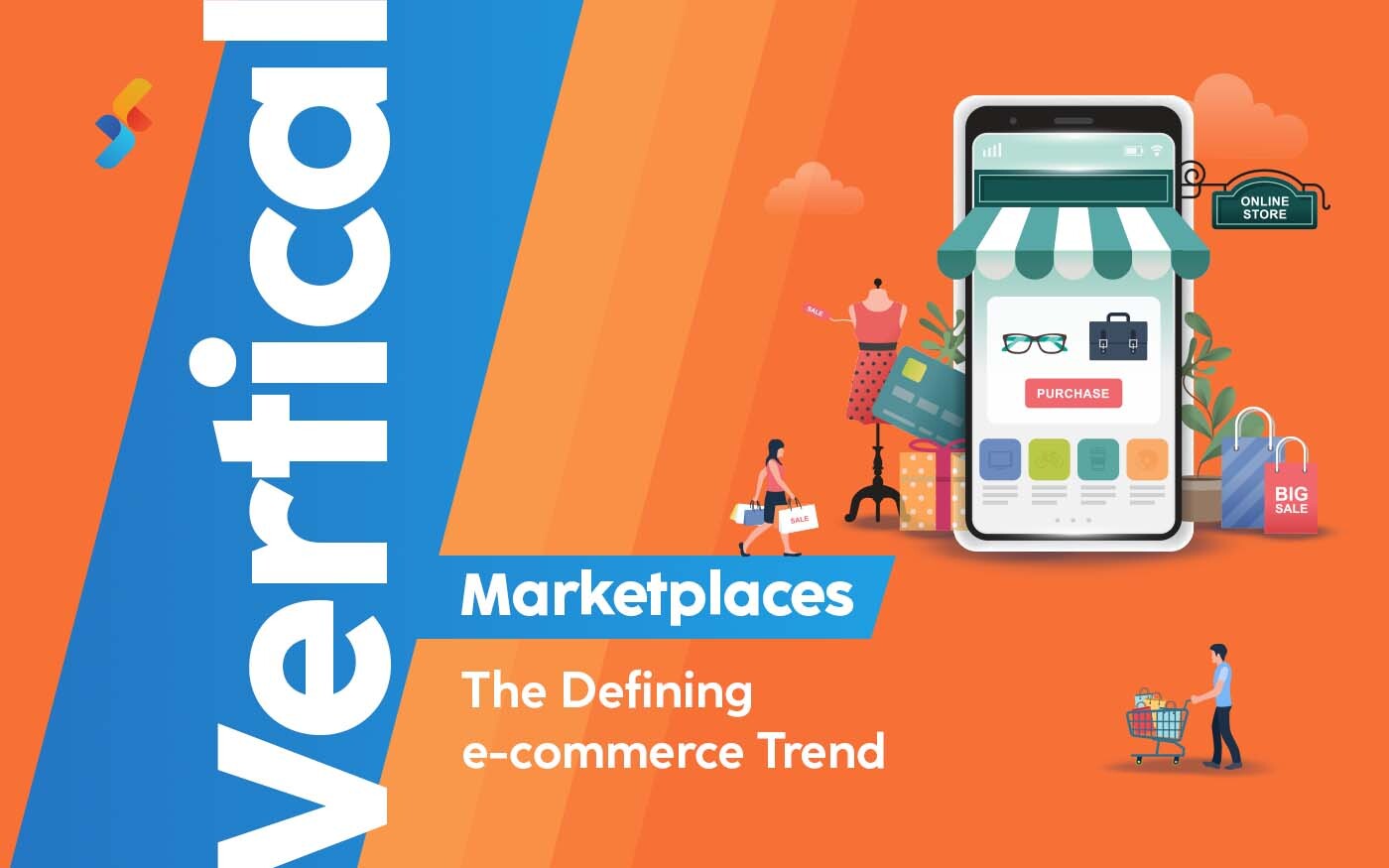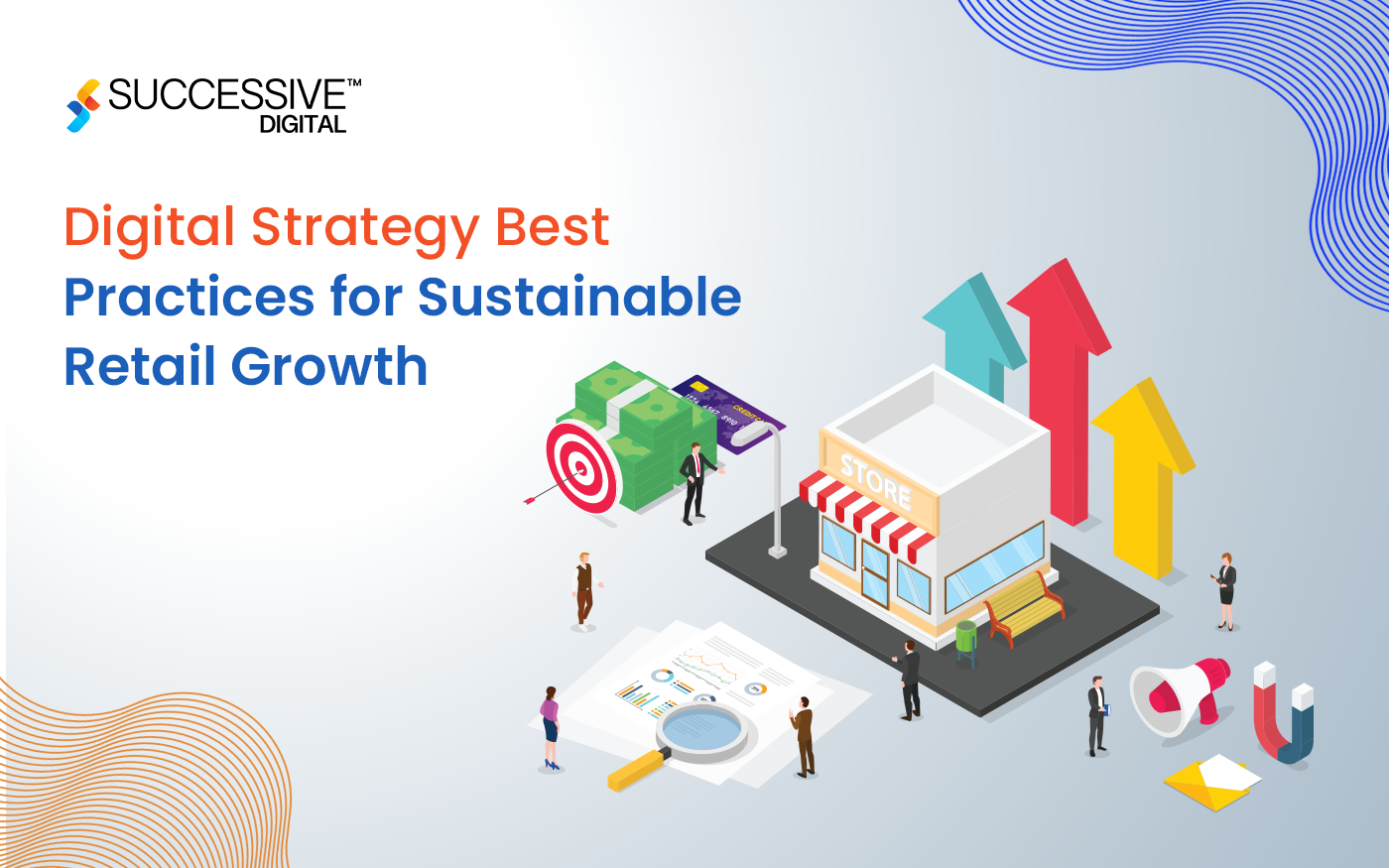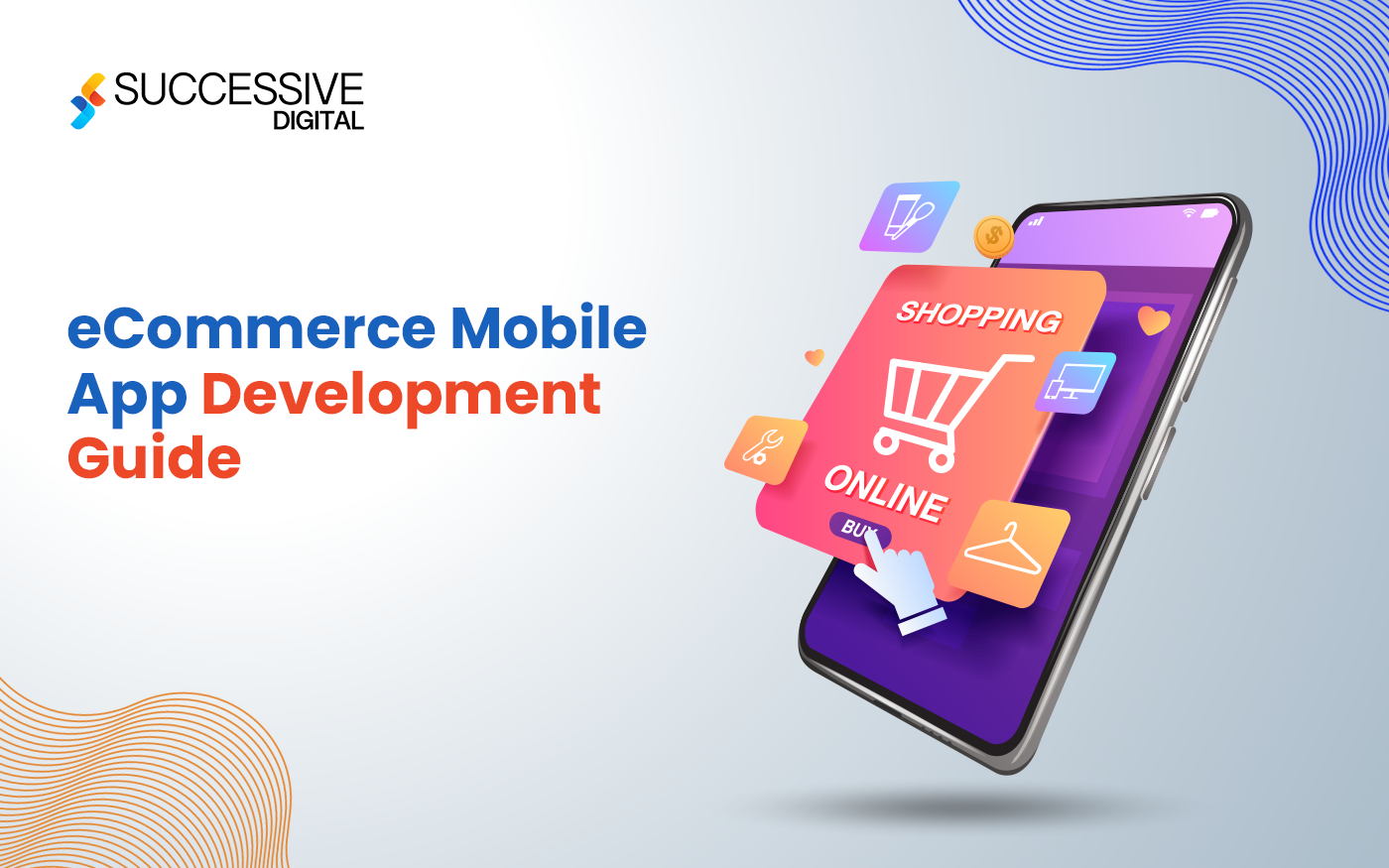Despite personalization and omnichannel retail becoming more popular, it has been hard to make retail experiences genuinely intuitive on a human level.
As human beings, we want to be known and recognized for our individuality. In the retail context, this means that the best experiences are ones where retailers are not only prepared for customers’ needs today but can anticipate their needs of the future. These are the experiences that convert one-time visitors into loyal customers.
But this requires a huge investment of time and attention, and try as they might, retailers can only get to know a few customers with any degree of intimacy. Enterprise-level retailers with millions of customers across the globe struggle to create the kind of familiarity and rapport that customers can expect at a local mom-and-pop store.
As devices and apps have proliferated, creating an increasingly hyperconnected world, the number of touchpoints across the customer journey has shot up. Retailers now have a lot of unstructured data about customers but no clear way to turn it into meaningful or actionable insights.
Cognitive commerce can bridge the gap. With cognitive commerce, retailers can create intimacy with their customers. Retailers can now create compelling customer experiences and unlock long-term value — and with the right technology partner, they can do this at scale.
Cognitive commerce is more than personalization. These systems can learn and act on new information. Custom ecommerce platform development with cognitive modelling systems on the backend can help retailers offer personalized experiences in real-time. Cognitive commerce extends beyond the app experience into the supply chain, making sure items are available and the whole value chain is set up to cater to the customer.
Using machine learning and predictive analytics, retailers can create systems that:
- Learn from customers’ behaviors, preferences, and spending trends
- Identify patterns and anticipate needs
- Offer personalized experiences and outstanding customer service—creating memorable experiences
- Interact naturally with customers
Transforming customer experience with AI and big data
Cognitive commerce has potential applications in ecommerce solutions across industries and different stages of the pipeline. It can be combined with conversational commerce to create experiences that resemble natural human communication.
Let’s consider a few examples.
Guided selling
With insights gleaned from cognitive modeling and natural language processing (NLP) capabilities, conversational commerce interfaces can replace some of the functions that customers rely on salespersons to fill.
Today, ecommerce marketplace solutions like Etsy and Instacart are gaining in popularity. Let’s say a customer visits an online marketplace that focuses exclusively on stationery products, looking for a set of watercolor paints. If they are a beginner, they may not be aware of other specialized materials they may need. The website could have a chatbot deployed to collect relevant information from the customer.
The chatbot could ask the customer questions about their age, skill level, budget, familiarity with the medium, and so on. Using this information, the chatbot could recommend not just a set of paints within their budget but also brushes, paper, a palette, a portable sketch pad, etc. from other sellers who specialize in these materials. As ecommerce marketplace solutions become the go-to sales channels for retailers across industries, such applications will become more commonplace.

Guided selling can create opportunities for retailers to up-sell and cross-sell. At the same time, it reduces complexity and minimizes frustration for the customer, creating experiences that stand out. As customers come to perceive the brand as offering real value in terms of expertise and relevant recommendations, they are more likely to stay loyal and make repeat purchases. This results in a higher return on investment (ROI) for the retailer and boosts customer lifetime value (CLV).
Dynamic pricing
Online stores offer discounts during the holiday season, and during sales and other events. They risk losing out to competitors due to their prices being undercut.
Retailers can use data about the competitors’ pricing, the desirability of the product in the eyes of the customer, and conditions affecting the supply of products to dynamically adjust pricing. For instance, dynamic pricing models might suggest increasing the price of a product at a time when competitors’ stocks are running low.
Dynamic pricing is a win-win proposition for customers and retailers. Retailers can respond faster to market fluctuations, get more conversions, and keep their profit margins high. For customers, products are available at competitive prices, creating a positive price perception. This, in turn, leads to long-term increases in sales for the brand and a higher customer lifetime value.
Inventory management and predictive ordering
Not finding the product they need on an ecommerce platform is likely to discourage customers from returning. With the power of cognitive commerce behind their custom ecommerce platform development, retailers can make accurate predictions and automate several elements of inventory management.
An excellent use case for this is recurring orders such as grocery and household items or pet supplies. For instance, pet owners are likely to purchase similar quantities of food, litter, supplements, and other pet products at set intervals, e.g. monthly. Retailers can observe their purchasing patterns, identify the volumes of these products needed, and ensure these are always in stock. If inventory dips below a particular level at a particular time of the month, intelligent systems should be able to spot this and reorder.

This can be tied in with a conversational interface to collect explicit information about the pet’s age, breed, medical conditions, any special requirements, etc, to allow more targeted product recommendations to be shown to the customer.
Depending on the industry, such technology applications could potentially help retailers to create long-term relationships with customers that transcend the transactional nature of traditional ecommerce solutions. Coupled with creative content delivery and effective customer support, such applications could become a way for retail brands to demonstrate real care for their customers and build brand loyalty.
Operationally, the benefits are even clearer. With better inventory management capabilities and visibility into future needs, retailers can minimize stockouts, reduce wastage, optimize warehousing and logistics costs, and increase production capacity. This means a more efficient retail supply chain with lower operating costs and higher sales revenue.
Intelligent customer profiling and product management
Cognitive modeling would allow retailers to use big data—pulling together available information about customers’ unique context, past purchases, and profile data—to tailor search results and recommendations accordingly. This would help save time and minimize frustration for the customer, potentially increasing conversions.
For example, if a customer owns a particular phone model, and they are searching for a phone stand or charging cable, the ecommerce platform should automatically show them products compatible with that model. Retailers should be able to offer a seamless experience—the customer should not have to leave the app and go to a search engine to learn which product is compatible with their phone model.
If a customer has recently changed their shipping address, this may indicate that they have moved to a new city. There may be localized recommendations that could be useful for them, such as insect repellent in a tropical location.
Another application could be using the customer’s purchase and return history to identify which sizes of particular clothing brands are the best fit for them (or the people they frequently buy for). Based on this, retailers can recommend the appropriate sizes across different brands.
Where information is scant, retailers can use conversational interfaces to bolster their customer profiling efforts. Asking a highly considered and very limited number of questions in a non-intrusive way can help retailers collect a valuable amount of data over time.
Effective customer segmentation and personalization efforts create a cycle of value generation for retailers and customers. Once retailers understand customer intent, they can truly support customers in making better decisions. As customer experience improves, customers will buy and engage more, giving retailers more data that can further inform their future business decisions. This means higher sales and steadily increasing customer lifetime value.
Parts selection and customer service
Ecommerce solutions leveraging cognitive commerce can help retailers provide better service to their customers. For example, if a customer purchases a new appliance like a washing machine, cognitive commerce systems would allow the retailer to send periodic reminders about service due, parts that need replacement, and so on. Based on the customer’s location, more tailored suggestions can also be made, for instance, suggesting that they install a hard water filter if they live in a city known for having hard water.
Cognitive interactive voice response (IVR) solutions that use natural language processing (NLP) can facilitate deeper interactions with customers, addressing customer challenges faster than traditional IVR systems. Japanese ecommerce giant Rakuten, sometimes referred to as “the Amazon of Japan”, has been using AI-powered chatbots since October 2017 to handle customer inquiries, significantly improving the quality of service. Such systems have the potential to transform customer service in the years to come with the addition of voice and image recognition capabilities.
Cognitive systems allow retailers to be proactive rather than reactive to customers’ needs. By reducing friction, shortening wait times, and consistently offering value to customers, retailers can increase customer satisfaction and build better long-term relationships.
Getting started
If you are just getting started with custom ecommerce platform development using cognitive and conversational commerce, your first and biggest step will be identifying the different sources of data for your business. This can include stored customer data, data from points of sale (PoS), customer support, mobile apps, connected devices, social media, wearables, etc.
In the second stage, you’ll need to identify your key business objectives, and then develop and deploy cognitive models such as machine learning and pattern recognition to help you achieve these. A capable external partner can help you identify the right strategy and get the greatest return on your investment.
Finally, you’ll need to implement your cognitive commerce system, ideally on a small scale to begin with, and then ramp it up as you continually test and improve.
The right strategy can help you create outstanding retail experiences and offer long-term value to your customers.
[Read about how to choose the right B2B ecommerce platform]












